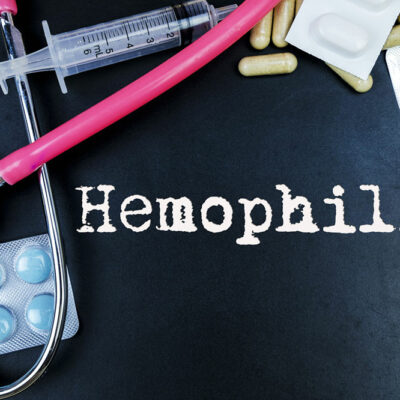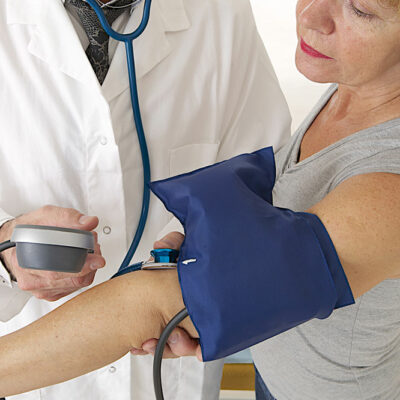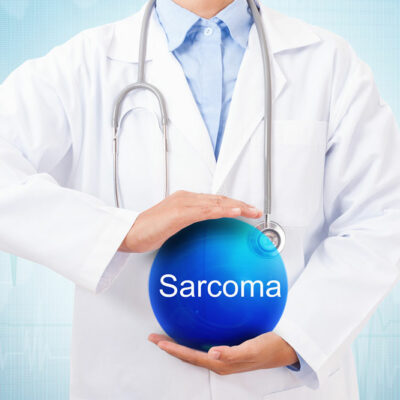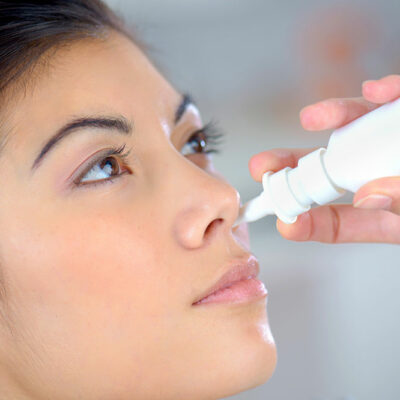
health
5 Primary Signs of Hepatitis C
A Hepatitis C infection leads to a wide range of symptoms, from mild illnesses to chronic health conditions. The condition may not cause any symptoms until two weeks to six months after it has penetrated the bloodstream. The symptoms of hepatitis C are tough to detect, and the disease can easily be transmitted. Some of the rare symptoms of a hepatitis C infection are: 1. Dark urine The disease causes liver inflammation, which results in dark-colored urine. That said, this symptom is prevalent in hepatitis A and B patients as well. One may have been infected by the Hepatitis C virus if the liver fails to clean their blood thoroughly. An orangish-yellow substance known as bilirubin may form in the urine and blood as a result, causing the urine to turn darker to brown. 2. Jaundice The white portion of the eyes and the skin turning yellowish is a common sign that indicates jaundice. This symptom manifests after one has been infected or diagnosed with hepatitis C. When the liver is unable to break down bilirubin, excess amounts of the chemical in the blood may lead to a person’s skin turning yellowish. Patients may first undergo treatment for the hepatitis C infection and liver damage to manage jaundice.
Read More 















